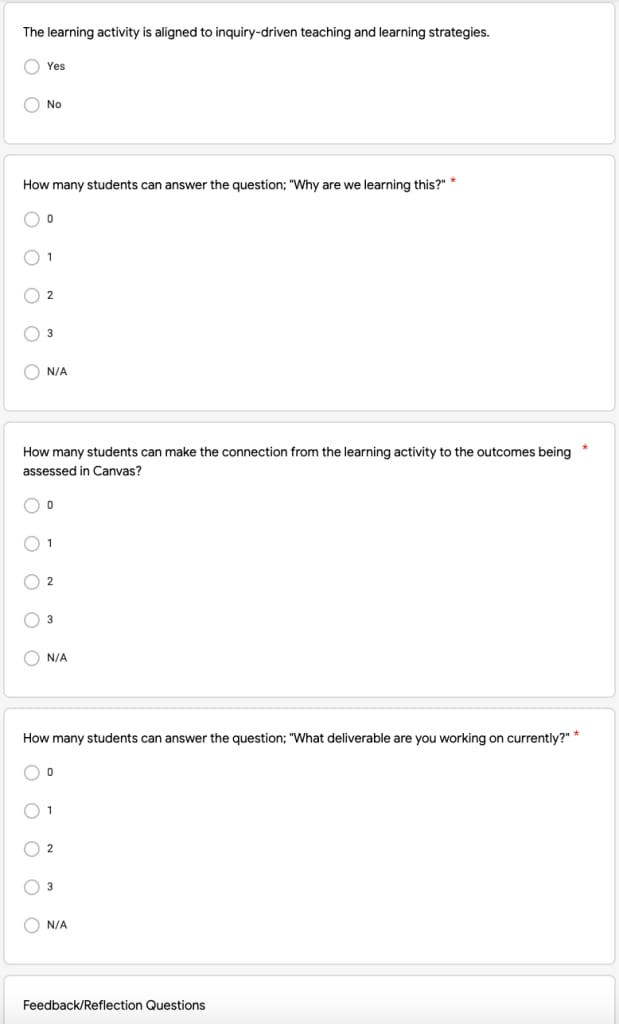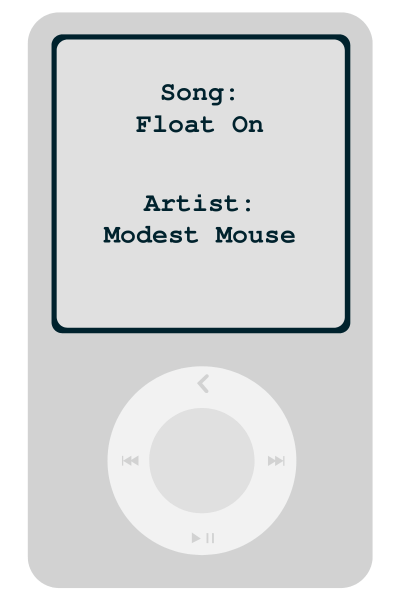- The Progress Report
- Posts
- Moving From Evaluation to Feedback
Moving From Evaluation to Feedback
Hi.
Welcome to The EDU Files, bringing education insights, stories, and vibes to your inbox every Tuesday.
I hope you had some time to recharge this weekend. I was able to get some Vitamin D out at the soccer fields this weekend watching my son return to the pitch. It was a hot one out there. 😎
Looking forward to the week ahead.
Now, shall we?
Deep Dive 🤿
Moving From Evaluation to A Culture of Feedback
Our teachers across the country are hurting. After enduring our education system's toughest years, the need to support teachers in their craft is even more urgent.
I have long discussed with teachers and educational leaders the need to rethink our teacher evaluation practices in schools and districts nationwide. For full disclosure, I led a school where I, too, was required to meet evaluation practices that are what I would consider ineffective.
However, I still believe that I should share my thoughts on the subject and discuss how I viewed evaluation for my teachers.
My Belief About Evaluation
I believe that teachers are professionals. I believe that evaluative practices need to treat them as such. I believe that our evaluation systems need to focus on building teachers up instead of giving measures on metrics that are often too specific and lose their meaning within the art of teaching.
Return on Investment
Each of my teachers is an investment for my school. Teachers are the most important investment that a school or district can make.
With my investment in them, I expected a return (effective pedagogical practices in the classroom). However, it is my responsibility as the leader in the building to grow my investment.
Most current evaluative practices across the nation do not help grow teachers. Evaluative practices are too often about assigning a measure to our teachers for growth scores, pay bonuses, etc…
So, What Did My System Look Like?
Let me start with our evaluation system, based on Marzano's high-yield strategies. These metrics are too specific to provide effective feedback to improve instruction. I used this system to evaluate teachers on the minimum requirements set by our district. I made our time in evaluation meaningful and scored the metrics I had available. But that is it.
When possible, I put teachers in a position to have successful outcomes on their yearly evaluations.
Our staff knew and understood that this was a safe, non-evaluative space – where feedback can often be specific, focused – and sometimes critical – but always accompanied by supportive next steps.
The important work in our building came from a feedback system we had built internally. Our Classroom Walkthrough Protocol was used for classroom visits outside of our required evaluation visits. It is built on the Google platform and customized to help provide feedback to teachers that would help grow our investment.
As our school's strategic plan changed, our Classroom Walkthrough Protocol changed. Our investments grew.
This is what it looks like…
I walked into a teacher’s classroom and pulled up our Classroom Walkthrough Protocol on my device. (I use this form regardless of how long I am in their classroom.) This was the form we used in our building, shared with teachers anytime changes were made.

Screenshot of Classroom Walkthrough Protocol I Used w. Instructional Staff
It is specific to the work that we were engaged in to grow our teachers. For us, that was inquiry-driven learning and a focus on student ownership in the learning. Our system focused on conversations with students in answering our “focus questions” as much as it was focused on what the teacher was doing.
We always closed with Feedback/Reflection Questions. Our staff knew and understood that this was a safe, non-evaluative space – where feedback can often be specific, focused – and sometimes critical – but always accompanied by supportive next steps.
We often framed our most critical conversations in the form of questions. For example, if five students in the back of the room were disengaged in the lesson, we could deliver our observation as “There were five students who were disengaged in the lesson. The expectation is that students are always engaged in the lesson.”
However, this would not be as effective as framing the feedback as such, “I noticed that five students were off task in the learning activity. I wonder if there are some strategies that we can implement to help students engage, more specifically, how to keep them from being distracted by their cell phones? How can I help to support you?”
I believe that when there are areas for growth in the classroom, I am equally responsible for the improvements to be made.
Immediate Feedback
Our Classroom Walkthrough Protocol provided immediate feedback to our teachers. As soon as I walked out the door and clicked submit, our system merged our data into a PDF that was emailed to the teacher.
If we have practices that need to be improved, we believe that our teachers need this feedback immediately – to grow our investment.
This system results in one where teachers follow up and engage in informal conversations with me about improving their practice after their feedback – even though this is not the expectation. We are able to have very productive conversations about improvement even after critical feedback.
Final Thoughts
Our teachers need more. They need more from their schools and districts. We must change our mindset to give our teachers what they need regarding evaluation. And – when necessary – create a system that lives outside of evaluation that better supports our teacher’s needs.
Track of the Week 💿
Turn on, tune in, and check out…
Click the iPod to check out the track I have on repeat this week. Check out The EDU Files playlist for tunes to keep you rockin’ throughout the week.
Surfing the Web 🌊
Here is my favorite EDU content from the web this week.
Providing Teachers w. Feedback That Fosters Growth by Matthew Joseph
6 Steps for Implementing Student Surveys by Shannon Feineis
How I Use Google Forms for Formative Feedback by Erika Johnson
Be sure to check these out…
Feedback 💭
What’d you think of this email?
Please take 10 seconds to drop your thoughts on this week’s content. I value your feedback. Thanks a bunch.
Before You Go…
Do you enjoy this content? Share it with an educator friend or have them sign up for The EDU Files here.
Thanks for spreading the word, and keep up the good fight. The work you do matters.
See ya next Tuesday! 🍏
PS: If you are interested in supporting your school or district with any of the content or strategies in The EDU Files, click here to drop me a note or to talk more.
